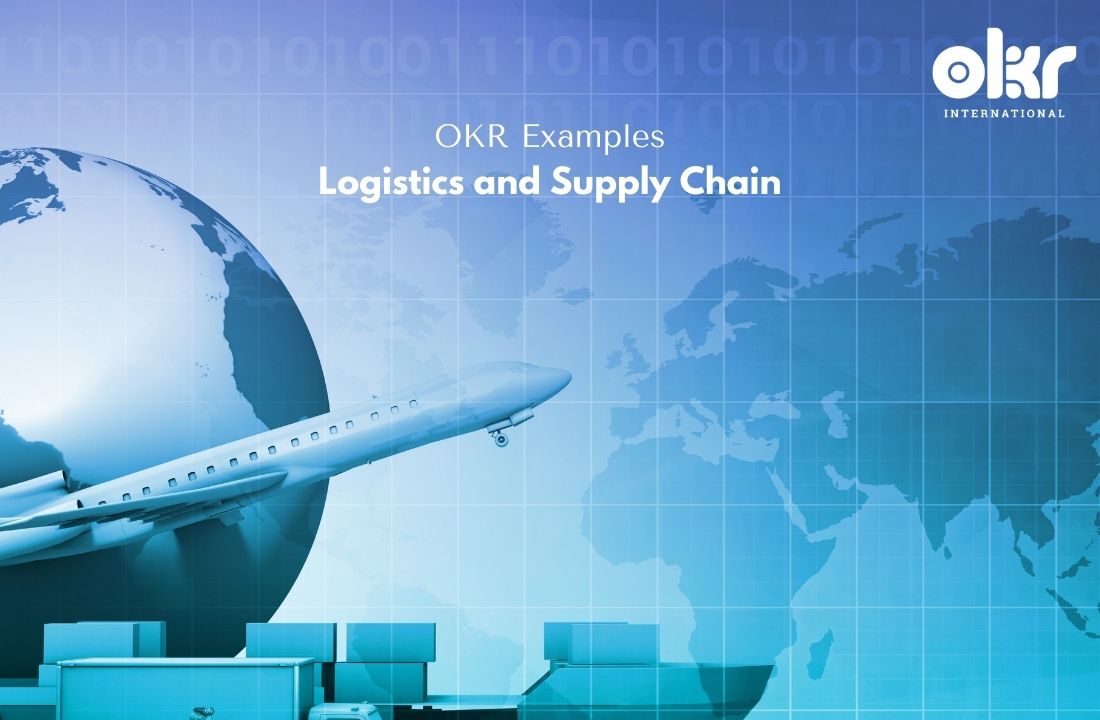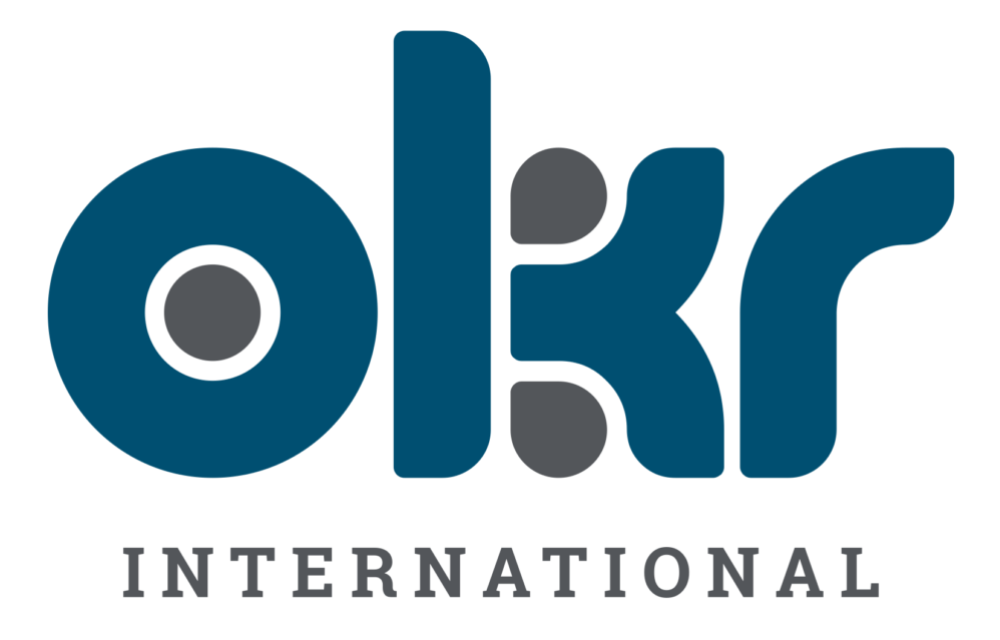10 Powerful OKR Examples in Logistics and Supply Chain
Logistics and supply chain management are critical functions that involve the efficient movement and storage of goods from point of origin to point of consumption. Objectives and Key Results (OKRs) can play a vital role in driving performance and success in these areas. Here, we present ten powerful OKR examples in logistics and supply chain management, offering valuable insights for organizations aiming to excel in these functions and achieve their operational goals.
1. Enhancing Supply Chain Visibility
Objective: Improve end-to-end visibility of the supply chain to enhance operational efficiency.
Key Results:
- Implement 1 real-time supply chain tracking system to monitor shipments and inventory levels.
- Increase supply chain visibility accuracy to within 95% by implementing advanced tracking technologies.
- Reduce the average lead time for order fulfillment by 20%.
2. Streamlining Inventory Management
Objective: Optimize inventory levels and reduce holding costs.
Key Results:
- Implement 1 inventory management system to track inventory accuracy and turnover.
- Achieve a 98% order fulfillment rate, minimizing stockouts and backorders.
- Reduce excess or obsolete inventory by 15% through improved demand forecasting and inventory planning.
3. Improving Warehouse Operations
Objective: Enhance warehouse efficiency and throughput.
Key Results:
- Reduce the average order processing time by 20% through process optimization and automation.
- Improve warehouse space utilization by 50% by implementing efficient storage systems and layout design.
- Achieve a 99% order accuracy rate through improved picking and packing processes.
4. Enhancing Transportation Efficiency
Objective: Optimize transportation processes for cost-effective and timely deliveries.
Key Results:
- Reduce transportation costs by 10% through route optimization and carrier performance management.
- Increase on-time delivery performance to 95% or higher.
- Implement sustainable transportation practices to reduce carbon emissions by 10%.
5. Enhancing Supplier Collaboration
Objective: Foster strong partnerships and collaboration with suppliers.
Key Results:
- Implement 1 supplier performance management system to track and evaluate supplier performance.
- Reduce supplier lead time by 15% through improved communication and collaboration.
- Achieve a 90% supplier satisfaction rate based on regular feedback surveys.
6. Enhancing Customer Service
Objective: Deliver exceptional customer service throughout the supply chain.
Key Results:
- Achieve a customer satisfaction rating of 95% or higher based on feedback surveys.
- Implement 1 customer order tracking system to provide real-time shipment updates.
- Reduce customer complaint resolution time by 20% through improved customer service processes.
7. Implementing Sustainable Practices
Objective: Promote sustainability in logistics and supply chain operations.
Key Results:
- Reduce carbon emissions by 20% through sustainable transportation and packaging practices.
- Increase the use of environmentally friendly packaging materials by 30%.
- Implement 3 recycling and waste reduction initiatives within the logistics and supply chain processes.
8. Enhancing Cross-Functional Collaboration
Objective: Foster collaboration among different functions involved in the supply chain.
Key Results:
- Implement 1 cross-functional communication and collaboration tools or platforms.
- Conduct 3 regular cross-functional meetings to align objectives and share information within the next quarter.
- Achieve a 9 score on interdepartmental satisfaction based on feedback surveys.
9. Improving Supply Chain Resilience
Objective: Enhance the ability to respond to disruptions and minimize their impact.
Key Results:
- Develop 1 robust business continuity plan to mitigate supply chain disruptions.
- Achieve 20% reduction in the impact of supply chain disruptions on operations.
- Implement 1 supplier risk management program to identify and address potential risks.
10. Enhancing Supply Chain Analytics
Objective: Leverage data analytics to gain insights and drive continuous improvement.
Key Results:
- Implement 2 advanced supply chain analytics tools and technologies for data-driven decision-making.
- Increase supply chain forecasting accuracy to 65%.
- Achieve 15% of clarity in supply chain performance visibility through real-time analytics dashboards.
By adopting these OKR examples in logistics and supply chain management, organizations can enhance their supply chain visibility, streamline inventory management, optimize warehouse operations, improve transportation efficiency, foster collaboration with suppliers, deliver exceptional customer service, promote sustainability, enhance cross-functional collaboration, improve supply chain resilience, and leverage data analytics. These strategic objectives and key results serve as guiding principles for organizations seeking to excel in their logistics and supply chain functions and drive long-term success.

When looking to set OKRs, it’s natural to want examples to ignite the thought process or simply compare yours to OKR Examples. Check out our compendium of OKR Examples here.
Explore Our Range of Services
Bring OKRs (Objectives and Key Results) to your organisation with our tried & tested OKR Framework.


OKR International’s highly acclaimed Certified OKR Practitioner Program is the first and only OKR accreditation endorsed by ICF & HRCI for continuing education units.
OKR International helps leaders create the alignment, engagement and result orientation needed for growth by offering OKR Advisory services.




